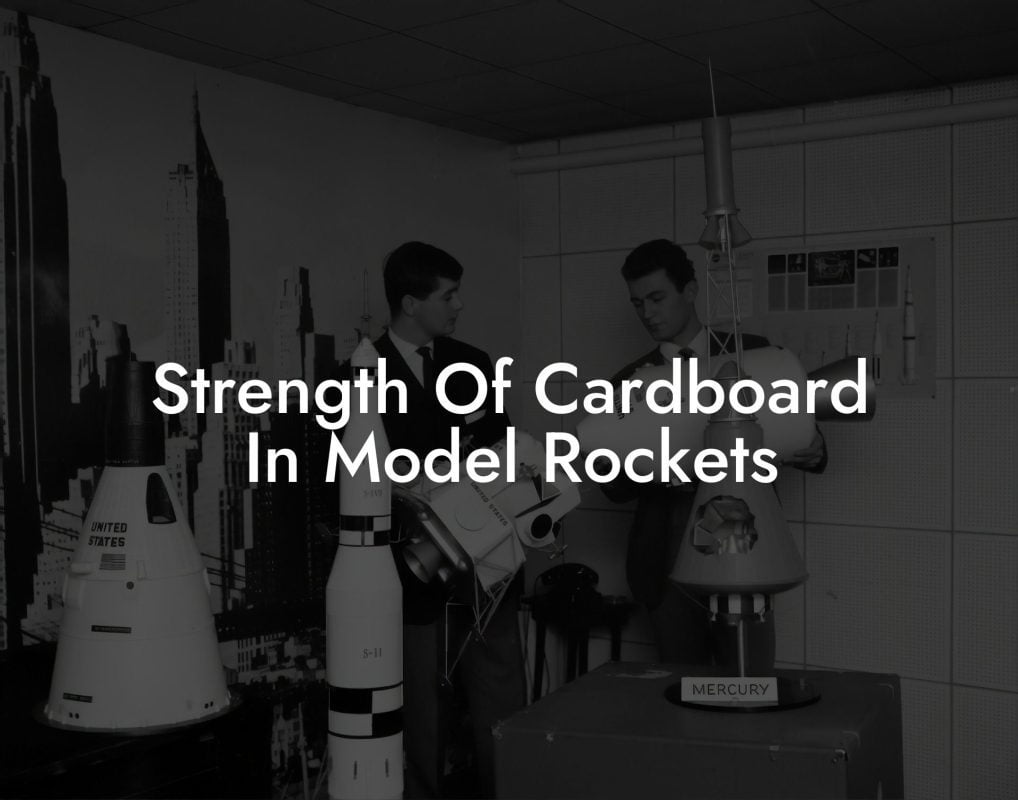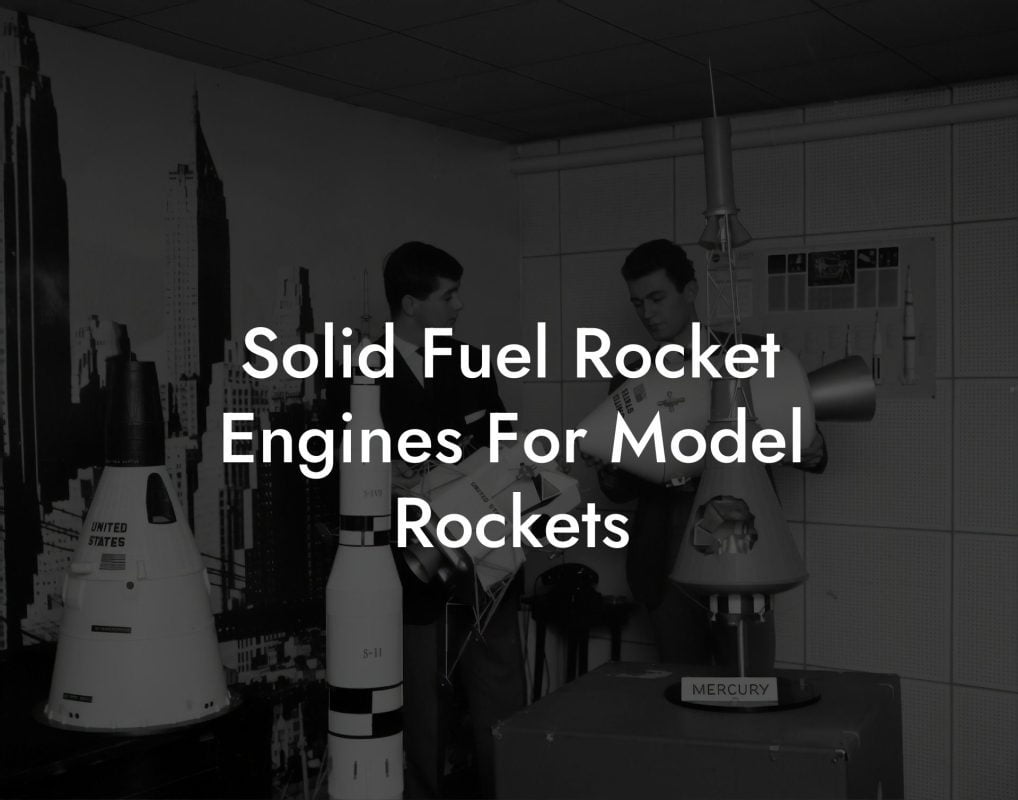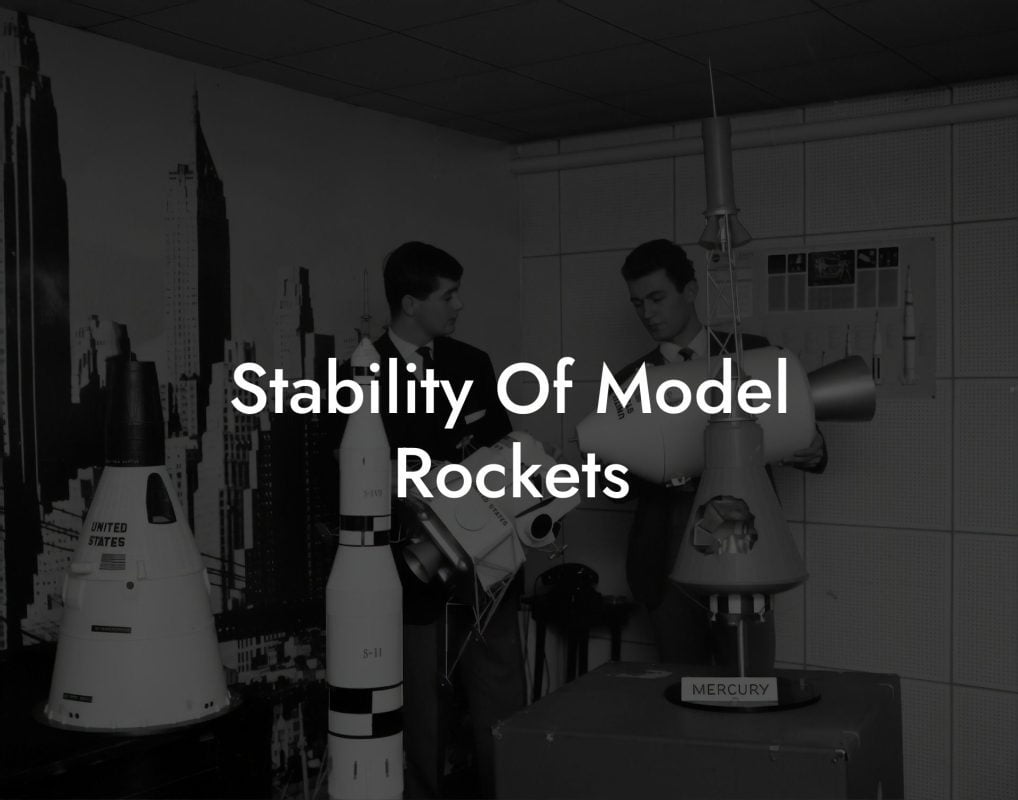Imagine soaring to new heights with your very own three-stage model rocket, defying gravity and pushing the limits of what's possible. Welcome to the world of model rocketry, where innovation meets excitement and the thrill of the launchpad awaits. Whether you're a seasoned enthusiast or just starting out, this comprehensive guide will take you on a journey to explore the wonders of three-stage model rockets and unlock the secrets of their incredible performance.
Quick Links to Useful Sections
What Are Three-Stage Model Rockets?
A three-stage model rocket is a type of rocket that uses multiple stages to achieve greater altitudes and speeds. Each stage is designed to burn fuel and then separate, allowing the next stage to take over and propel the rocket even higher. This innovative design enables three-stage model rockets to reach incredible heights, often exceeding 1,000 feet or more.
The three stages typically consist of a booster stage, a sustainer stage, and an apogee stage. The booster stage provides the initial thrust, the sustainer stage takes over to maintain altitude, and the apogee stage propels the rocket to its highest point.
The Science Behind Three-Stage Model Rockets
Understanding the science behind three-stage model rockets is crucial to appreciating their remarkable capabilities. From Newton's laws of motion to the principles of aerodynamics, every aspect of rocketry is rooted in scientific principles.
The key to a successful three-stage model rocket launch lies in the precise calculation of thrust, mass, and velocity. By optimizing these factors, model rocket enthusiasts can achieve incredible performances and push the boundaries of what's possible.
Looking For The Best Model Rocket Kits? You'll Love These:
- Thrust-to-Weight Ratio: The ratio of a rocket's thrust to its weight determines its acceleration and overall performance.
- Specific Impulse: This measures the efficiency of a rocket engine, with higher values indicating better performance.
- Aerodynamic Drag: Air resistance affects a rocket's ascent, making it essential to minimize drag through careful design and construction.
Designing and Building Your Own Three-Stage Model Rocket
Building a three-stage model rocket requires patience, skill, and attention to detail. From selecting the right materials to designing the perfect fin configuration, every aspect of the build process is crucial to success.
Here are some essential tips to get you started:
- Choose the Right Materials: Lightweight yet durable materials like balsa wood, plastic, or fiberglass are ideal for model rocket construction.
- Design for Stability: A well-designed fin configuration ensures stability and prevents the rocket from spinning out of control.
- Optimize Your Payload: Minimize weight and maximize space to achieve the best possible performance.
Launching and Recovering Your Three-Stage Model Rocket
The moment of truth has finally arrived – it's time to launch your three-stage model rocket! With careful preparation and attention to safety, you'll be able to experience the thrill of a successful launch and recovery.
Here are some essential tips for a successful launch and recovery:
- Choose a Safe Launch Site: Ensure a clear launch area with minimal obstacles and no people or animals nearby.
- Check the Weather: Avoid launching in strong winds, heavy rain, or extreme temperatures.
- Use a Reliable Recovery System: Parachutes or streamers can help your rocket land safely and prevent damage.
Resources and community Support: Your Next Steps
Join the vibrant community of model rocket enthusiasts and take your skills to the next level. From online forums to local clubs, there are numerous resources available to help you improve your craft and connect with like-minded individuals.
Here are some essential resources to get you started:
- National Association of Rocketry (NAR): A premier organization for model rocket enthusiasts, offering resources, guidance, and community support.
- Model Rocketry Forums: Online forums dedicated to model rocketry, where you can connect with experts, ask questions, and share your experiences.
- Local Model Rocket Clubs: Join a local club to meet fellow enthusiasts, learn from their experiences, and participate in group launches and activities.
Frequently Asked Questions: Three-Stage Model Rockets
Here are some frequently asked questions about three-stage model rockets, answered by our team of experts:
1. What is the highest altitude a three-stage model rocket can reach?
The highest altitude a three-stage model rocket can reach depends on various factors, including the design, materials, and propulsion system. However, with optimal design and construction, it's possible to reach altitudes exceeding 10,000 feet.
2. How do I ensure a safe and successful launch?
Ensure a safe and successful launch by choosing a safe launch site, checking the weather, and following all safety guidelines and regulations.
3. What is the best type of fuel to use for a three-stage model rocket?
The best type of fuel to use for a three-stage model rocket depends on the specific design and requirements. However, common fuels include black powder, composite propellants, and hybrid fuels.
Looking For The Best Model Rocket Kits? You'll Love These:
Useful Interruption: Dive deeper into the world of Model Rockets with our most popular sections. If there is anything you think is missing or anything you would love for us to write about, just give us a shout.
- Getting Started & Basics With Model Rockets
- Model Rocket Design, Build & Customization
- Model Rocket Propulsion & Engine Technology
- Model Rocket Launch Techniques & Recovery
- Model Rocket Advanced Rocketry & Innovations
- Model Rocket DIY and Customization
- Model Rocket Equipment Reviews & Digital Tools
- Community, Competitions & Education
- Model Rocket Troubleshooting & FAQs
- Model Rocket Bonus/Seasonal & Niche Topics
A group of model rocket enthusiasts gathered at a field for their weekly launch event. Among them was Dave, a seasoned builder known for pushing the limits of hobby rocketry. This time, he had outdone himself.
“Ladies and gentlemen,” Dave announced, dramatically pulling a cloth off his latest creation, “I present to you: The Kraken!”
The crowd gasped. This wasn’t just a model rocket—it was a monster. The thing stood 8 feet tall, had six clustered engines, and was covered in enough duct tape to qualify as a classified aerospace project.
“Dave,” muttered Steve, the cautious safety officer, “Have you, uh… done the math on this?”
“Math?” Dave scoffed. “I built it in my garage at 3 a.m. with parts from eBay. This is an art piece, Steve.”
The countdown began.
5…
4…
3…
2…
1…
The engines ignited with a BOOM, and The Kraken shot up… kind of. It immediately did a violent barrel roll, narrowly missing the spectators before skyrocketing at an angle that could only be described as “legally questionable.”
The crowd collectively ducked as The Kraken flew straight over the adjacent cornfield, where Old Man Jenkins, the grumpiest farmer in town, was minding his business.
KABOOM!
The rocket disappeared behind the barn. A moment later, a flaming piece of Estes igniter wire landed at Steve’s feet. The silence was deafening.
And then—an unmistakable sound echoed across the field.
Jenkins’ shotgun being cocked.
“DAVE!!!” Steve shouted. “RUN.”
And that was the day Dave invented the first-ever biologically powered rocket booster: pure adrenaline.
To this day, nobody knows where The Kraken landed, but legend has it, it still haunts the skies, terrifying unsuspecting drones and low-flying birds.















